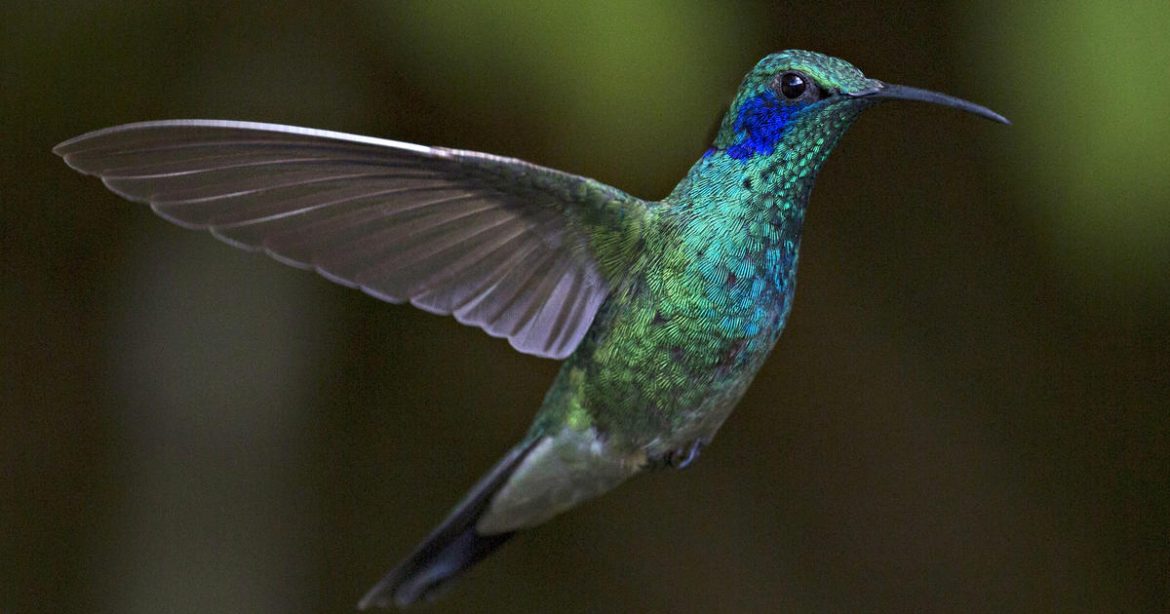Wherever you go in Costa Rica, you are bound to bump into a gorgeous hummingbird; the country hosts more than 50 species.
My wife Kathy and I bumped into many of those tropical birds last month during a vacation, and it was like seeing dazzling Christmas ornaments come to life around lush tropical flowers, from lowlands to highlands.
Even ruby-throated hummingbirds that breed in the United States migrate to Costa Rica for the winter to feast on flower nectar. We saw them in the gardens of Hotel Bougainvillea, on the outskirts of the capital city of San Jose.
The rufous-tailed hummingbird is the country’s most common hummer and shows up in gardens, along forest edges and around coffee plantations, from the lowlands to midlevel cloud forests. It favors ‘Heliconia’plants. Named for its conspicuous ruddy tail, the bird looks like a version of a ruby-throated hummingbird and is likewise aggressive at flowers and hummingbird feeders. But unlike ruby-throats with dark beaks, rufous-tailed hummingbirds probe flowers with pink-tinged beaks.
The white-necked Jacobin is one of several Costa Rican hummingbirds without hummingbird in the name. The elegant male Jacobin hovers over flowers with its satiny blue cowl offset by a white collar, green back, and white belly. I once heard that the bird’s name derives from the habit worn by nuns of an 18th-century Dominican convent where a French Revolutionary faction called Jacobins held meetings. White-necked Jacobins are relatively common around flowering trees, bushes, and especially around hummingbird feeders at lodges in the lowlands and up to an elevation of about 3,000 feet.
The white-throated mountain-gem shows up in the damp oak forests of the highlands from 5,000 feet to the timberline. The male sports a snow-white throat, bluish forecrown, green back and gray tail.
Female white-throated mountain-gems compete with males for eye-catching splendor, with rich cinnamon underparts and iridescent-green backs tinged in blue. They typically feed at flowering bushes and hummingbird feeders, whereas males prefer flowering epiphytes among trees.
The scaly-breasted hummingbird is a large, feisty hummer that shows up in the lowlands among gardens and in both humid and dry forests. The hummer’s favored food source are flowers on bromeliads. At first glance, it’s an unremarkable hummingbird, with dull green plumage, until a closer look reveals a pink lower mandible and a grayish breast with greenish fringes looking like scales.
By Gary Clark, Houston Chronicle
Gary Clark is the author of “Book of Texas Birds,” with photography by Kathy Adams Clark (Texas A&M University Press). Email him at Texasbirder@comcast.net.

